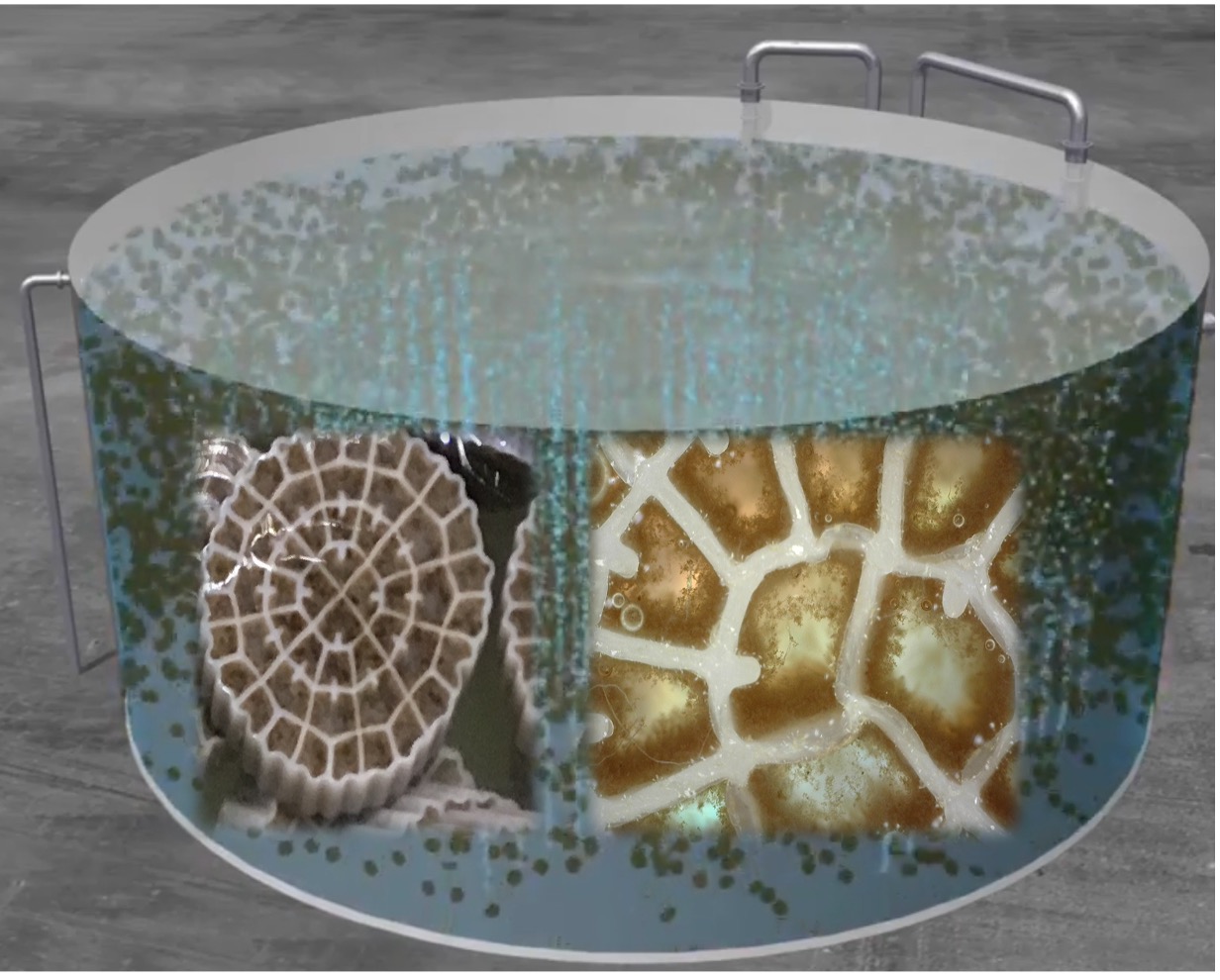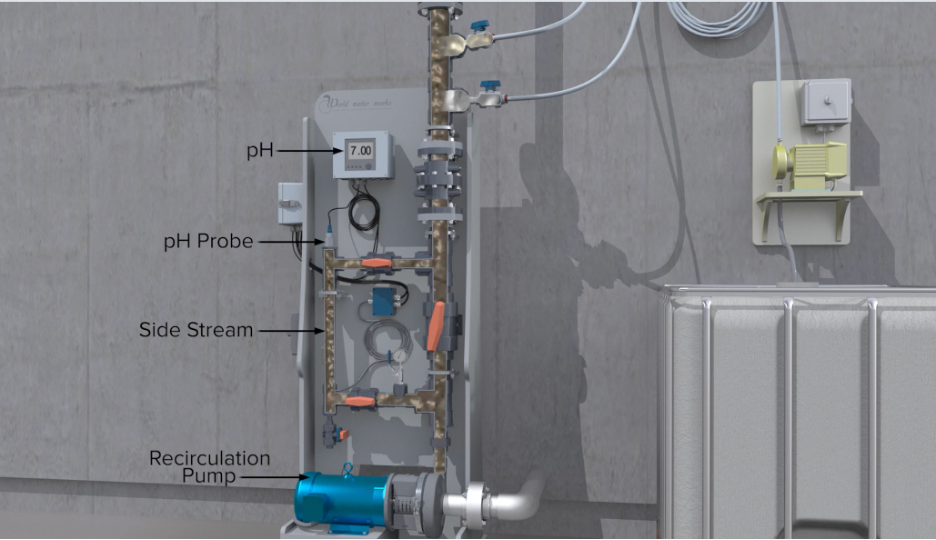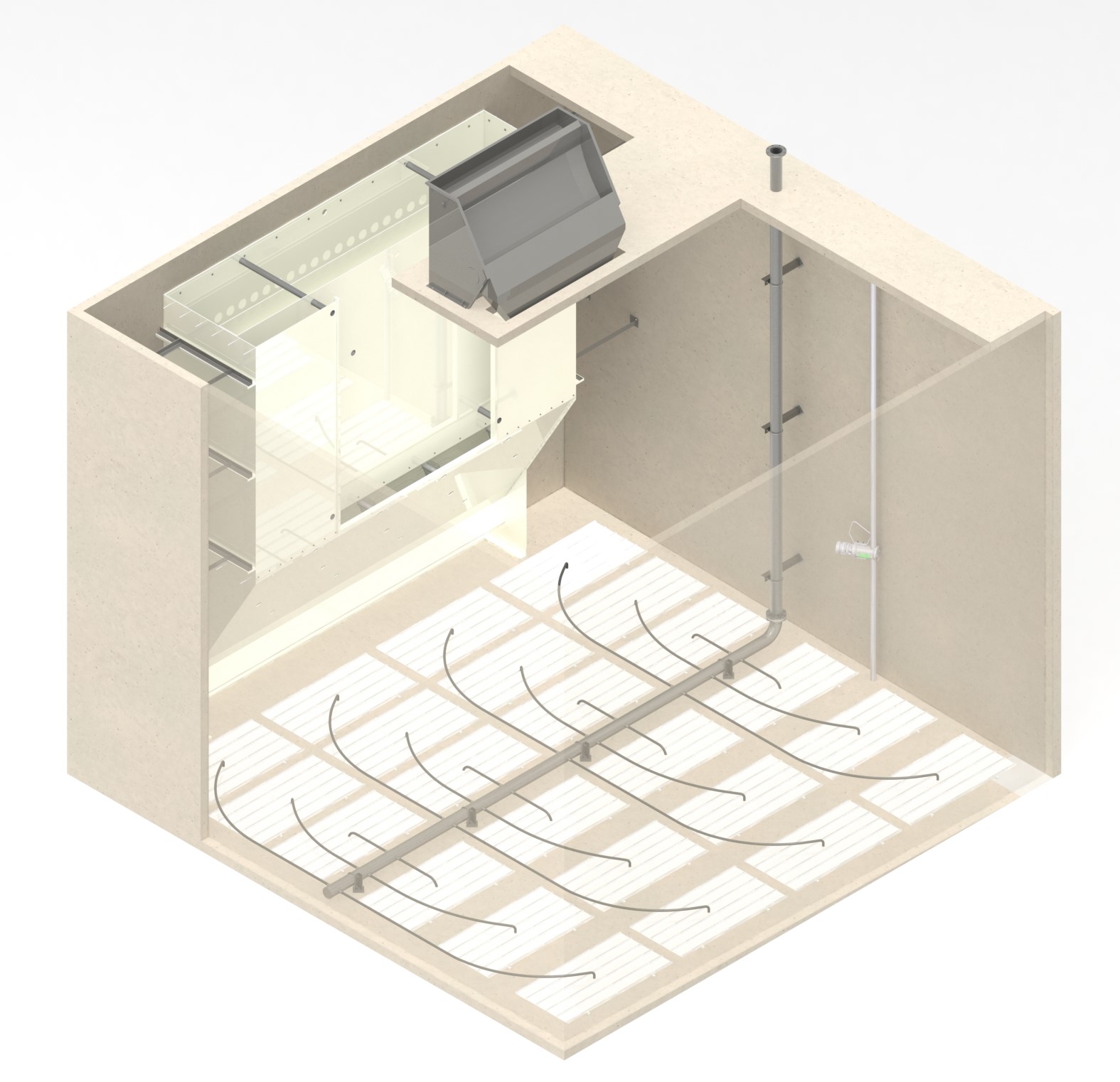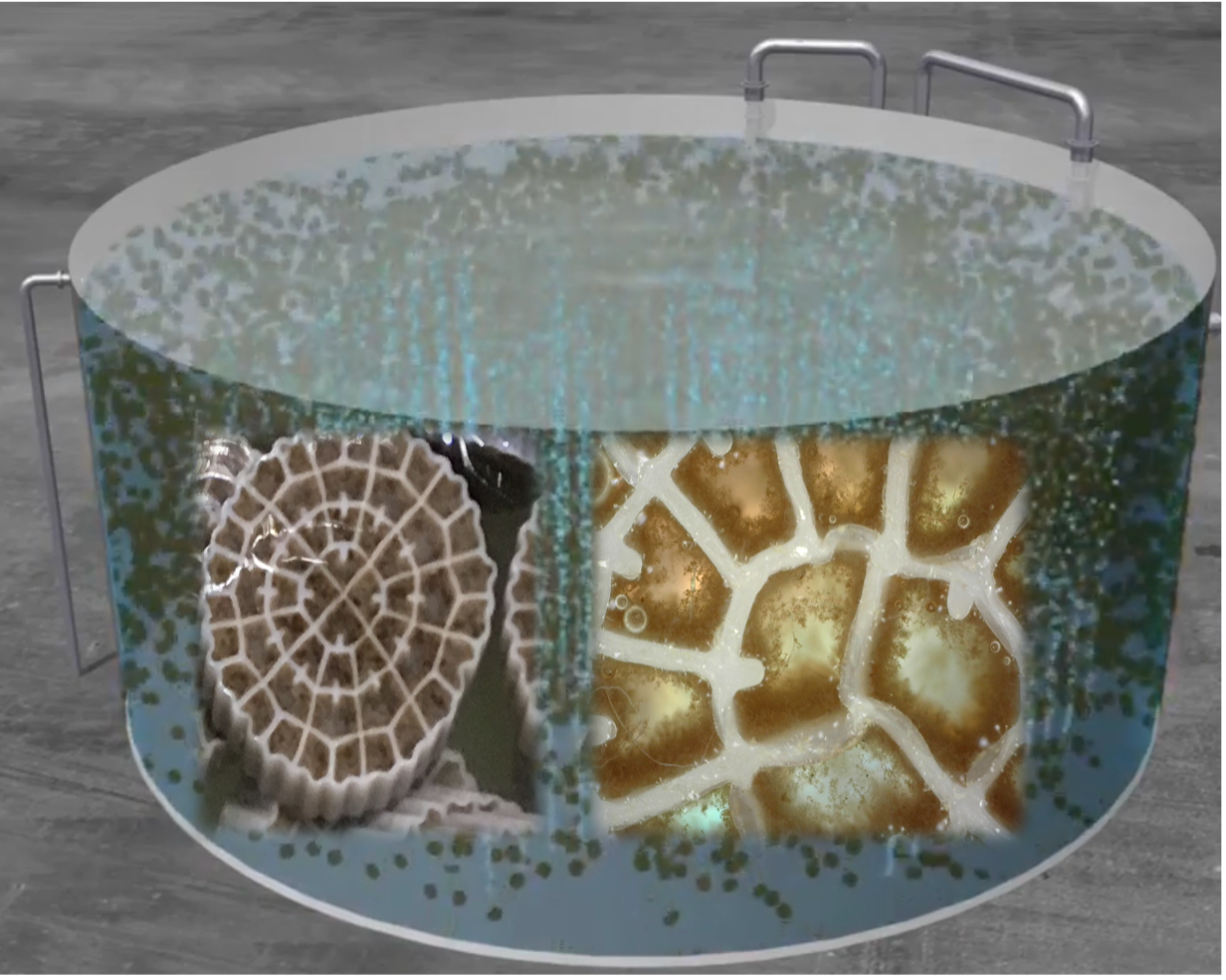
World Water Works, Inc. is a highly focused company in the wastewater treatment sector. We are driven to provide industrial and municipal customers with proven and cost-effective wastewater treatment solutions delivering superior effluent quality. We are a passionate and adaptable company providing value through expertly engineered products and technologies. Founded in 1998, we have unparalleled depth of application knowledge and experience. We have offices located throughout the US, India, and UAE with a fully integrated in-house manufacturing facility at our headquarters in Oklahoma City, OK. This strategically positions us to control schedule while delivering the highest quality products and solutions at the lowest cost of ownership. Working hand-in-hand with our customers, we optimize wastewater treatment solutions globally. We at World Water Works are ensuring our wastewater treatment systems meet today’s challenges while preparing for tomorrow’s water needs.
WWW Dissolved Air Flotation (DAF) systems remove suspended solids, fats, oils, greases and nonsoluble organics by a process of dissolving air into water under pressure. The process begins with the water to be treated entering the DAF through an influent header box that reduces velocity and distributes the water across the length of the vessel. In order to optimize treatment, the influent header box is designed with multiple points at which whitewater, a highly saturated pressurized stream of air and DAF effluent, and flocculant, where applicable, are injected. Wastewater then enters the flotation zone and microbubbles from the whitewater attach to the particle surface and affect the particle density, causing the suspended solids to float to the surface of the DAF where they are skimmed by a chain and flight and separated into the sludge hopper. The treated wastewater is continuously removed at several points inside the DAF and discharges over pipe weirs into an effluent chamber. Fro...
More Information » www.worldwaterworks.com/technologies/daf.html

The WWW Moving Bed Biofilm Reactor (MBBR) process is a state-of-the-art fixed-film biological process used for wastewater treatment of municipal and industrial waste streams for BOD removal, nitrification, denitrification and/or Partial deNitrification/Anammox. This process provides the smallest footprint biological system, which is tolerant of both load swings and temporary load deprivation.
The WWW MBBR™ consists of a tank with freely moving, specially designed bio-media. The large surface area of the bio-media provides abundant surface for bacteria to grow and thrive. A stainless steel aeration manifold installed in the bottom of the aerobic reactors provides both dissolved oxygen for BOD removal / nitrification and mixing by means of a blower. A stainless steel sieve near the top of the tank allows the water to exit the reactor while retaining the bio-media in the tank. The bacteria will digest the organics in the waste stream and convert the soluble material to bio...
More Information » www.worldwaterworks.com/technologies/ideal-mbbr.ht...

World Water Works utilizes multiple approaches to EQ mixing and aeration from AirJet Mixing to Slot injector Mixing to side mounted mixers to standard aeration for mixing of EQ tank contents. Along with the Ideal pH System which is designed to regulate and neutralize the pH of wastewater entering the system. Wastewater is pumped into the WWW pH Adjustment System and flows through a sampling port housing a pH probe. The probe measures pH levels and sends readings to the controller. Based on the pH measurement, the controller runs an algorithm to determine the amount of acid or caustic that must be added. Caustic is added to wastewater with low pH readings, and acid is added to wastewater with high pH readings. The controller signals for specific amounts of chemical to be injected directly into the wastewater stream from either an acid or caustic feed pump.
The stream is then discharged back into the tank, and water is recirculated until the pH reaches an acceptable range. The WWW...
More Information » www.worldwaterworks.com/technologies/ideal-eq.html

WWW DEMON® Anammox treatment provides for cost effective total nitrogen removal via deammonification. The system utilizes granular anaerobic ammonium oxidizing bacteria (anammox) for reduction of high strength ammonia using a fraction of the energy required by conventional means and zero carbon source. Waste streams generated from dewatered anaerobically digested municipal sludge or waste to energy facilities and leachate from landfills are perfect applications for the World Water Works’ DEMON® technology and solves the problem of returning high concentrations (> 250 mg/L) of ammonia to the plant influent. The true key to the success of the technology is the patented advanced biological process controls and the physical separation used to facilitate the growth and retention of the anammox bacteria.
Unlike the traditional nitrification-denitrification method for removing nitrogen, which requires large amounts of energy (1.8-2.7 KW-hr/lb. nitrogen removed), alk...
More Information » www.worldwaterworks.com/technologies/demon.html

The art of improving the activated sludge technology to meet more stringent effluent limits is a concept of ‘DO more, IN less, WITH less’. The DETOUR (PdNA) technology invented does exactly all of these things. First, it ‘DOES more’ treatment, removing more nitrogen pollutants by polishing the remaining nitrogen species using existing post-treatment tanks. Secondly, the technology is contained ‘IN less’ tank volume by using a biofilm process that intensifies treatment. The third and final aspect, it achieves these features ‘WITH less’ chemicals and air/energy by using the PdNA (Partial deNitrification Anammox) process pathway, which is more efficient and uses Anammox bacteria that are more meticulous in their energetics. Thus, achieving this trifecta of performance with one technology, which is a game changer for wastewater treatment and a huge benefit for existing plants in the United States, but also allows new facilities to leapfrog...

WWW World Water Works’ inDENSE system increases process throughput and performance through the selection of dense sludge aggregates with improved settling rates and the promotion of enhanced biological phosphorus removal (EBPR). inDENSE is a gravimetric selection technology that provides a method for retaining the denser biomass while wasting out the lighter fraction of the MLSS in the treatment system. Increased density can lead to improved settling characteristics which allows for the prevention of biomass loss and subsequent treatment disruptions, especially during wet weather scenarios. Selection for faster settling particles, process configuration, and physical forces can encourage aerobic granular sludge formation. Hydrocyclones function by forcing denser flocs/solids to the cyclone walls and down through the underflow to be recycled while the lighter solids move towards the cyclone center and are pushed upwards through the overflow to be wasted. With the use of an exter...
More Information » www.worldwaterworks.com/technologies/indense.html
The WWW BIOCOS® activated sludge process is operated at a constant water level during the whole process cycle, and therefore represents a hybrid technology (Biological Combined System) comprising features of continuous flow and SBR systems. BIOCOS, developed at the University of Innsbruck, Austria, is a cyclic activated sludge system with an aeration tank hydraulically connected to two alternating sludge recycling and settling tanks. The effluent valve of one of the settling compartments is open allowing the feed flow to the aeration tank to push out the supernatant water from the corresponding settler. No RAS pump-station or any electromechanical equipment for mixing or recycling is required — all phases of the operation cycle are exclusively driven by pressurized air from the same blower-source saving a lot of effort in operation and maintenance.
Benefits include: Enhanced Bio-P Activity — Biomass minimizes demand for chemical phosphorus precipitation. Small Ta...
More Information » www.worldwaterworks.com/technologies/biocos.html

WWW DAF Brochure
February 10, 2023 2:40pm
WWW MBBR Brochure
February 10, 2023 2:45pm
inDENSE Brochure
February 10, 2023 2:48pm
WWW DEMON Brochure
February 10, 2023 2:46pm
BIOCOS Brochure
February 10, 2023 2:50pm
WWW IDEAL EQ & pH System
February 10, 2023 2:47pm

United States